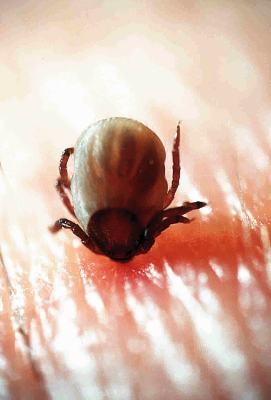Thousands of outdoor enthusiasts are heading for countries where a deadly tick disease exists but are unaware of the dangers, according to a survey.
Research by Tick Alert reveals that 50 per cent of adventure holidaymakers plan to visit at least one destination in 2007 where Tick Borne Encephalitis (TBE) is endemic. But while 78 per cent had heard of the disease only 1 in 5 sought protection on previous travels and two-thirds didn’t know they need to take precautions.
The world’s experts on TBE warn that more outdoor enthusiasts are at risk than ever when travelling in Europe this summer.
 Leading scientists have confirmed the disease, which can lead to meningitis and in serious cases result in paralysis and death, is now endemic in 27 countries across mainland Europe, an increase of 11 on 2006.
Leading scientists have confirmed the disease, which can lead to meningitis and in serious cases result in paralysis and death, is now endemic in 27 countries across mainland Europe, an increase of 11 on 2006.
The Tick Alert campaign warns UK travellers to check risk areas and seek further information and advice available at www.masta-travel-health.com/tickalert.
Ticks carrying the disease are found in many destinations growing in popularity such as Croatia, the Czech Republic and Slovenia and have now spread to parts of established holiday spots such as Italy, Greece and France.
The chances of being bitten are greater as global warming increases the number of ticks in the countryside. It is estimated that there are over 10,000 cases of TBE each year in endemic countries.
Professor Michael Kunze, of the Medical University Vienna, Austria and a leading expert in the prevention of TBE, said: “Every contact with grass or bushes in these countries is potentially dangerous.
“Travellers from non-endemic countries such as the UK are hardly aware at all of the potential risks of TBE when journeying into an endemic country.â€
TBE-infected ticks are found typically in rural and forest areas from late spring and throughout summer. At-risk groups include all visitors to rural areas of endemic countries, particularly those participating in outdoor activities such as trekking, hiking, climbing, cycling and camping.









